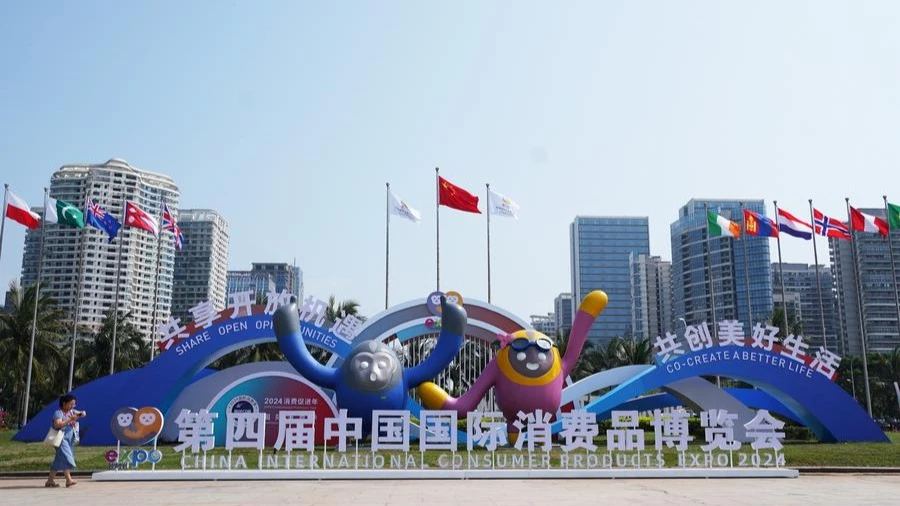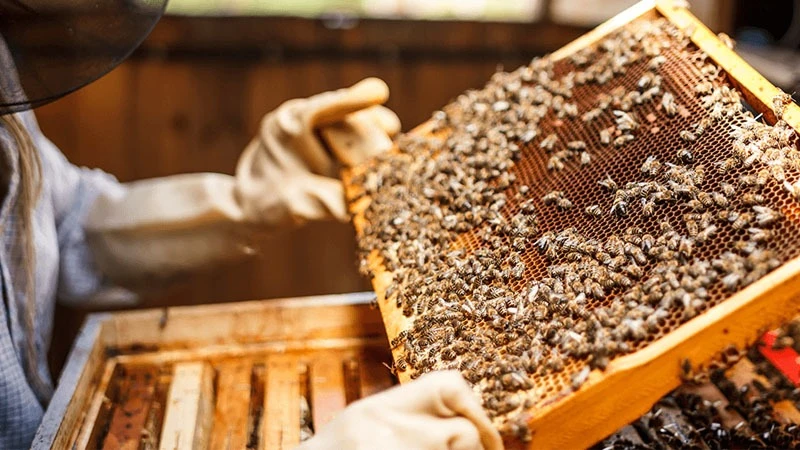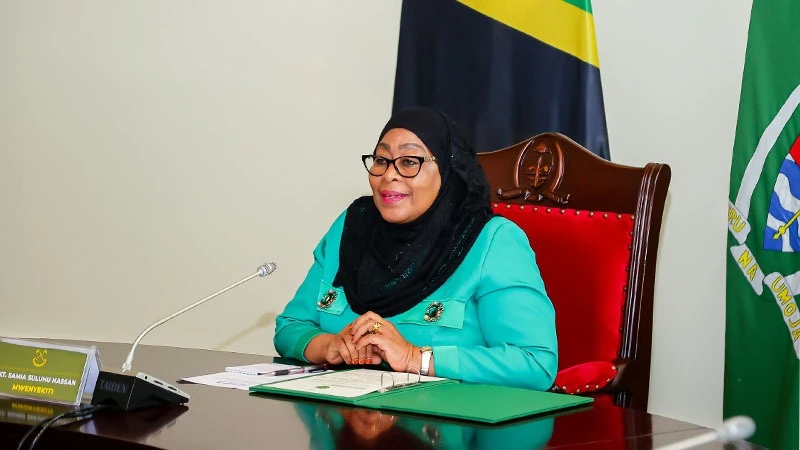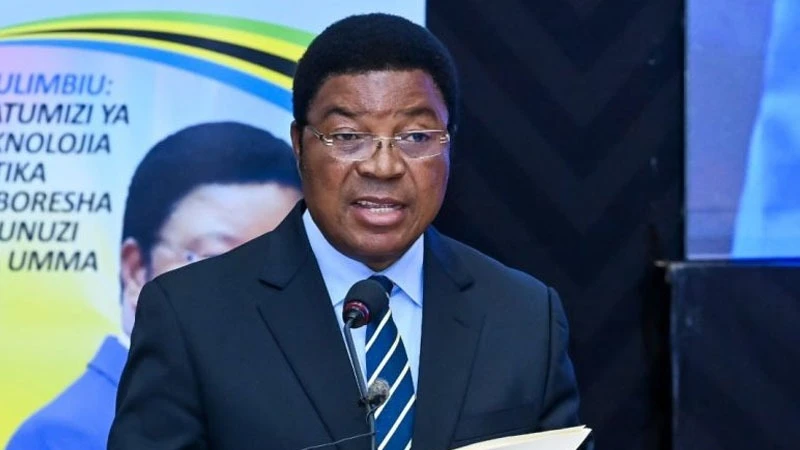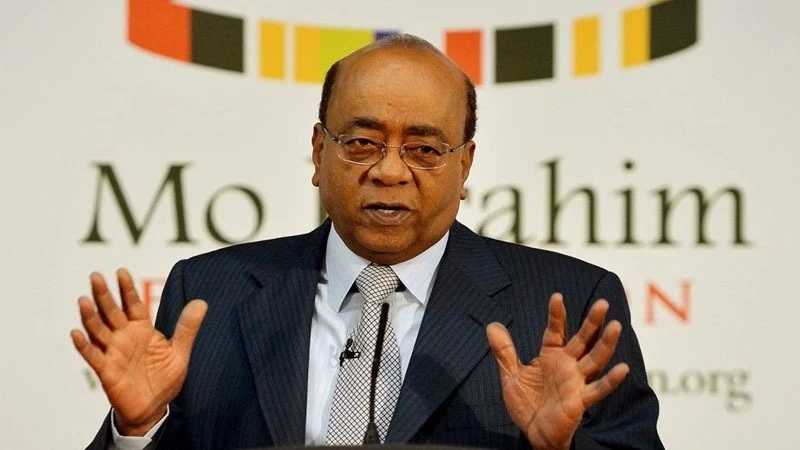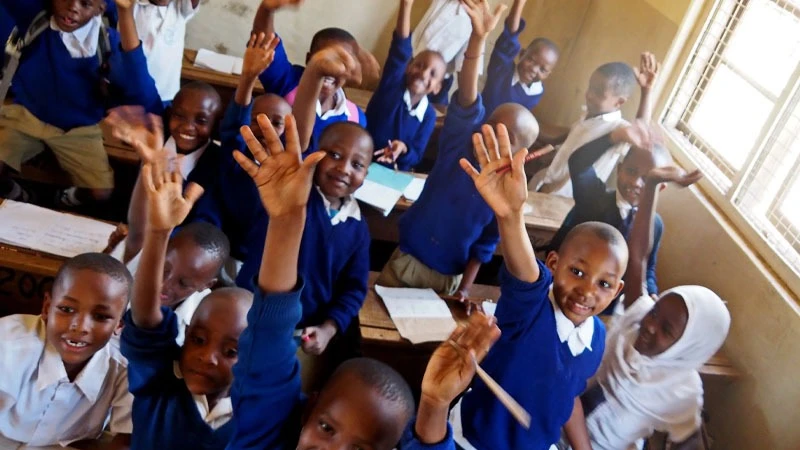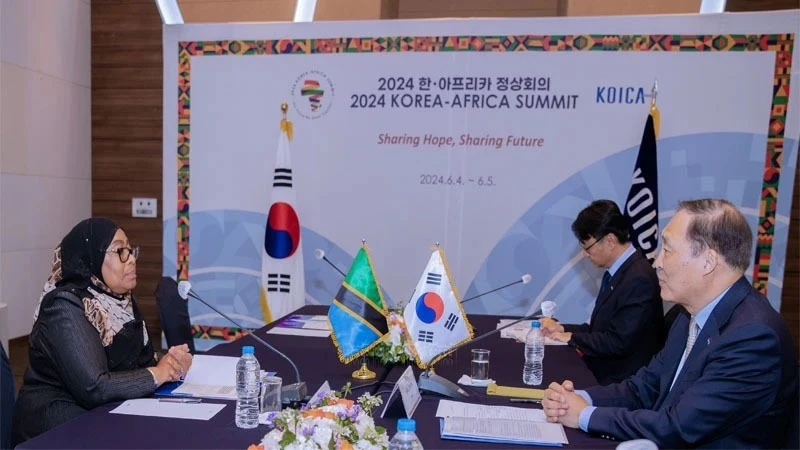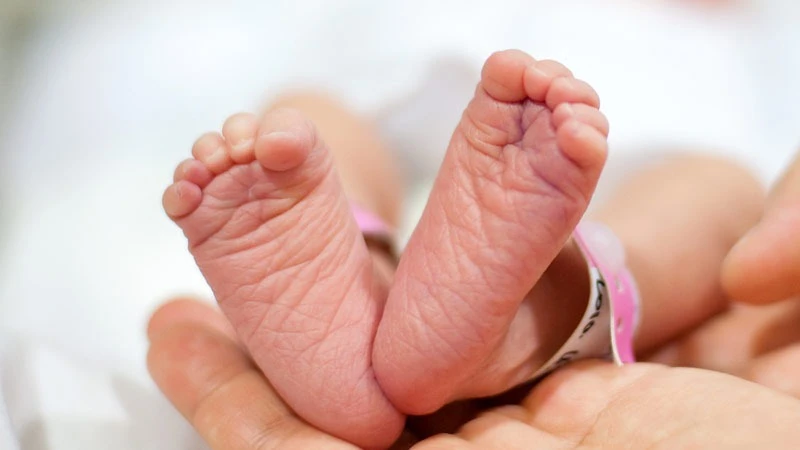EU initiative could be pursued as a renewable energy strategy
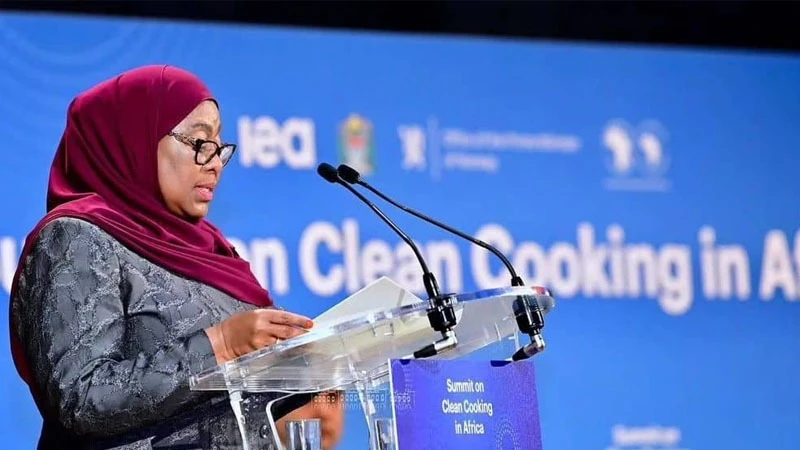
CHANGES being initiated in the way millions of households and street-side businesses use energy are being complemented by another version of the clean cooking energy strategy or programme
The latest input is from the European Union, which has expressed intention to finance projects under the cooking energy shift – and thus replenishing a clean energy fund located in the Energy ministry. This is primarily meant to help push efforts by the government with additional flavouring.
While accepting the wider goal that more than 80 per cent of Tanzanians will be using clean cooking fuel by 2034 by abandoning charcoal and firewood, it has a clear focus on a renewable energy strategy, where biofuels – just like gas – don’t come up much.
That is precisely why it is of vital importance for more discussion among energy sector stakeholders who were lately evaluating the direction of the energy sector policy and the role each of them would be taking in enabling or clarifying it.
Adding a strong dose of renewable energy to energy sector policy calls for a wider look at the background and current situation in relation to policy making
There is a void in the renewable aspect in the clean cooking strategy, and this for the simple reason that it is not as much of a strategic issue as a family or business income matter.
Electricity is clean energy, whether it is solar, thermal, hydro or some other kind, in which case nearly all families have this choice by virtue of its countrywide spread. Yet it is obvious that the costs aren’t manageable for many.
That is where the EU initiative comes in, as it contains proposals or suggestions on how to implement clean cooking energy strategy.
And, in so doing, the intervention adds elements that could be pursued in a different trajectory. The reason here would be that clean cooking basically relates to households.
The major concern here is with those doing the cooking, the smoke and pellets of fire they face, and at times the dangers of collecting firewood from afar. There are also sustained verbal and other forms of violence when they can’t bring food to the table at the right time.
So, for the sake of simplicity and ’do-ability’, the clean cooking energy project relates mainly to spreading the use of gas preferably to all households and, within that scope of issues, it can’t be doubted.
An EU energy projects manager believes, to achieve its goals, Tanzania must create a good environment for gas cylinder use and manufacturing of electric stoves to encourage people to use clean energy for cooking at low cost and quick access.
It was a technological input – that it isn’t just a matter of shifting to gas as good sense but also making it cheaper and accessible nearly to all.
Looking at the EU clean cooking energy fund, particularly the way it seeks to help institutions such as prisons, schools and hospitals set up clean cooking energy infrastructure in their areas, it is noticeable that the EU prefers to tie the project with our country’s own Rural Energy Agency (REA).
That means that they can set up biomass electricity generation units, as they have the best sources for that method, and do not skip the renewable source and adopt gas cylinders, overly expensive to refill all the time – unlike biomass.
It is a bargain even in relation to hydropower, and has fewer installation material or technology compared to solar or wind power.
This could be followed up as a parallel strategy, with institutions, households and whole neighbourhoods choosing what they can do. The more renewable energy is taken up, all the better for sustainable use by households – and a better carbon footprint tie.
Top Headlines
© 2024 IPPMEDIA.COM. ALL RIGHTS RESERVED



